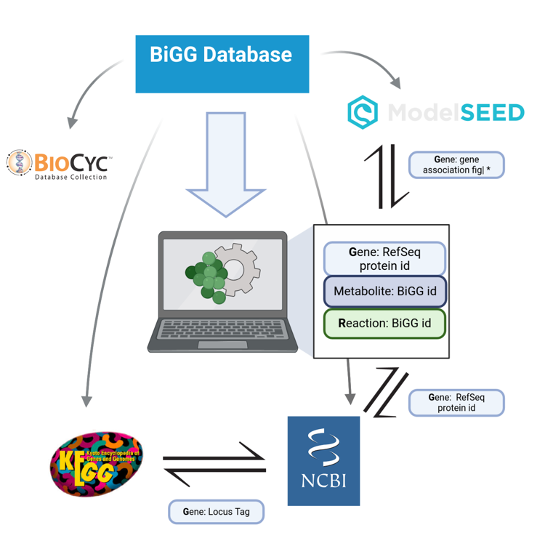News
16.06.2020
Genome-scale Model of Staphylococcus epidermidis
Anastasiia Grekova developed the first model of the facultative pathogen in her bachelor thesis.
The human body offers niches for numerous microorganisms, many of which can promote health or cause diseases. One frequently isolated member of the skin microbiome, Staphylococcus epidermidis, can play both roles and may cause severe inflammation. How exactly the bacteriumʼs metabolic response to environmental conditions changes was the question, to which Anastasiia Grekova dedicated her bachelor thesis.
She developed a metabolic model of the bacterium. The laboratory data obtained from the literature enabled her to analyze the growth behavior of the model. In particular, the model appeared to be oxygen sensitive and to activate different metabolic pathways depending on the conditions. The computer model was examined on different nutrient media, such as a nose-like synthetic medium. Further insight into the ecological adaptation of S. epidermidis was gained using a collaborative model with Staphylococcus aureus. The simulation results showed that the bacteria have to compete for some amino acids that are deficient in the nasal medium. Thus, interaction reduces the growth rate.
The new model design of S. epidermidis expands the ensemble of the in silico nasal microbiome, which provides a fundamental understanding of antimicrobial-resistant pathogens.

